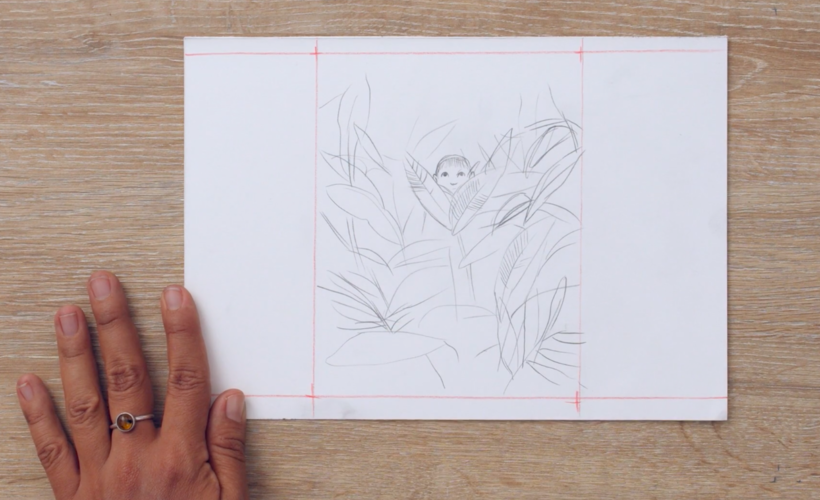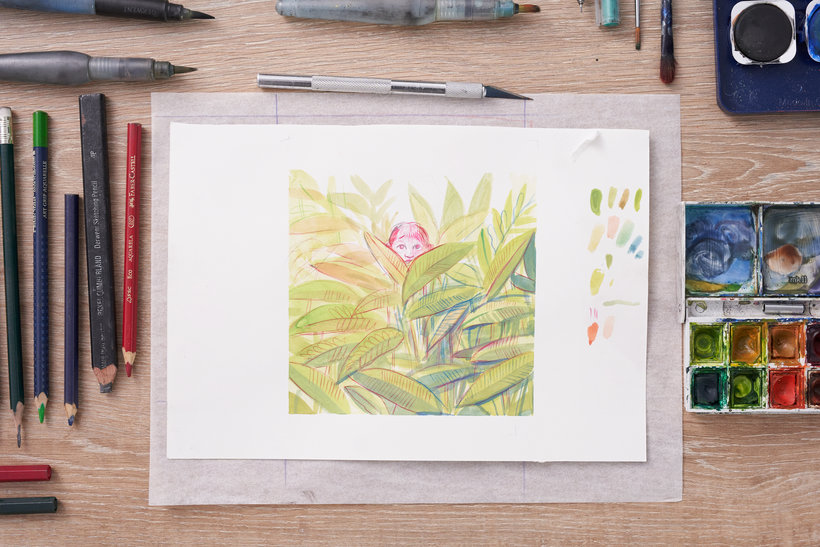From Botanical Drawings to Narrative Illustration
Course final project
A course by Elizabeth Builes Carmona , Illustrator
Joined February 2015
About the final project for: From Botanical Drawings to Narrative Illustration
From Botanical Drawings to Narrative Illustration
“We have reached the end of the investigation, we are going to take all our findings and turn them into the final illustration. But first, I want to recap a bit the process that I followed. Choose the sketches with which you feel most comfortable, in my case I selected this one where there is a child hidden in the garden, this image resonated with a fragment of the poem.




Partial transcription of the video
“Final project We've reached the end of the course. Now, we'll go over the steps to create our final project. I'd like to see the development of your project. It's not only the end that's important. The path you followed and playing with science to do the illustration you've done is very important. The first step was collecting images. Building your image bank is key to develop your project. Hopefully it won't only be useful for this course, but for future projects too. Between digital images and what you record in your notebook you'll have plenty of inspiration. Then we read the text as man...”
This transcript is automatically generated, so it may contain mistakes.
Course summary for: From Botanical Drawings to Narrative Illustration
-
Category
Illustration -
Areas
Botanical Illustration, Drawing, Narrative, Naturalistic Illustration, Traditional illustration

Elizabeth Builes Carmona
A course by Elizabeth Builes Carmona
Nature is always present in the work of Colombian illustrator Elizabeth Builes. The only thing that overshadows her love for plants and landscapes is her passion for storytelling. She focuses her talent on narrative illustration for the publishing sector and children's literature.
Her work has been published by companies like Alfaguara, Tragaluz Editores, Kalandraka, and SM, among others. By experimenting with colors, lines, and a bit of trial and error, Elizabeth has gradually defined her own approach to illustration and uses it to connect readers with her characters.
- 97% positive reviews (136)
- 2,634 students
- 13 lessons (1h 48m)
- 13 additional resources (6 files)
- Online and at your own pace
- Available on the app
- Audio: Spanish, English, French, Italian, Portuguese, Turkish
- Spanish · English · Portuguese · German · French · Italian · Polish · Dutch · Turkish · Romanian · Indonesian
- Level: Beginner
- Unlimited access forever
Category
Areas







